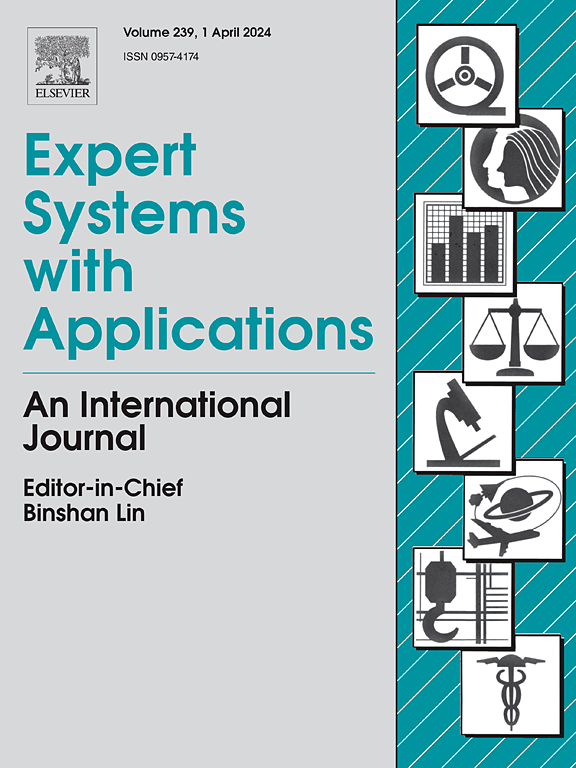A community-aware graph neural network applied to geographical location-based representation learning and clustering within GIS
IF 7.5
1区 计算机科学
Q1 COMPUTER SCIENCE, ARTIFICIAL INTELLIGENCE
引用次数: 0
Abstract
For many years, geographical location-based clustering has continuously become a hot research topic in both geographic information systems (GIS) and machine learning (ML)/deep learning (DL) domains due to its applications for various real-world problems. Spatial density-based clustering methods are generally utilized to detect clusters from geographical data. Traditional spatial clustering methods encounter considerable limitations, especially when addressing sparse coordinate data and substantial fluctuations in geographic cluster density. To overcome these limitations, in this paper, we introduce a novel community-aware graph learning for geographical point embedding, naming: CGL4PE. By extensively analyzing nearby graph-modelled geospatial locations, our proposed CGL4PE model can efficiently capture the complex/multi-view structural latent representations of geographical locations. To do this, in our model we apply the integration between graph attention network (GAT) and graph isomorphism network (GIN) in the form of multi-view graph representation learning approach. Then, combining with location-based graph construction strategy, our CGL4PE model can directly improve the clustering performance of conventional spatial/density-based clustering methods. Different from previous location-based clustering techniques, our CGL4PE model is designed to better preserve the community-aware structural representations of constructed location-based graph. These community-aware structural representations are then utilized to extract more meaningful cluster information from geographical datasets, under the integrated graph representation learning and spatial density-based clustering approaches. The extensive empirical studies within real-world geographical datasets present the effectiveness of our proposed CGL4PE model in this paper.
求助全文
约1分钟内获得全文
求助全文
来源期刊

Expert Systems with Applications
工程技术-工程:电子与电气
CiteScore
13.80
自引率
10.60%
发文量
2045
审稿时长
8.7 months
期刊介绍:
Expert Systems With Applications is an international journal dedicated to the exchange of information on expert and intelligent systems used globally in industry, government, and universities. The journal emphasizes original papers covering the design, development, testing, implementation, and management of these systems, offering practical guidelines. It spans various sectors such as finance, engineering, marketing, law, project management, information management, medicine, and more. The journal also welcomes papers on multi-agent systems, knowledge management, neural networks, knowledge discovery, data mining, and other related areas, excluding applications to military/defense systems.
 求助内容:
求助内容: 应助结果提醒方式:
应助结果提醒方式:


